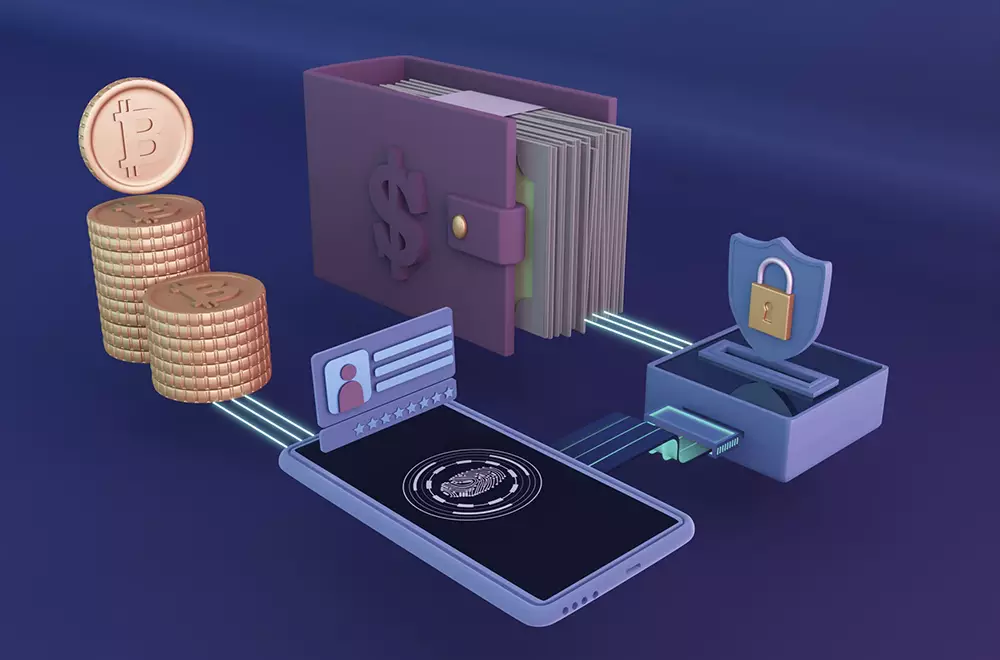Safeguarding your digital wealth — defending against cryptocurrency exchange fraud

Cryptocurrencies have unlocked a new era of financial possibilities, but alongside the opportunities, a shadowy threat looms — cryptocurrency exchange fraud. In this article, we delve into the world of crypto exchange fraud, equipping you with knowledge to navigate this risk and shield your valuable digital assets.
Understanding cryptocurrency exchange fraud
Cryptocurrency exchange fraud encompasses a range of deceitful activities perpetrated by cybercriminals within the digital currency exchange ecosystem. These malicious actors exploit vulnerabilities to deceive users, pilfer funds, or compromise sensitive data. The forms of this fraud include:
- Phishing ploys: fraudsters craft emails or messages mirroring legitimate exchange communication, coercing users to divulge credentials on counterfeit websites.
- Ponzi plots: scammers promise outsized returns, tempting victims to invest in fraudulent schemes that ultimately implode, resulting in financial losses.
- Exit evaporation: certain exchanges vanish abruptly after accumulating user funds, leaving traders reeling from substantial losses.
- Malware maneuvers: cybercriminals deploy malicious software to seize unauthorized access, absconding with private keys and control over cryptocurrencies.
- Impersonation intrigues: fraudsters pose as customer support to manipulate users into disclosing sensitive information, which they exploit for illicit gains.
Recognizing warning signals and taking preventive measures
Spotting signs of potential crypto exchange fraud is pivotal in safeguarding your digital assets:
- Pragmatic pledges: exercise caution when confronted with platforms guaranteeing excessive profits — genuine investments involve risk and volatility.
- Unsought communication: authentic exchanges rarely request confidential data or login credentials via unsolicited messages.
- Secured sites: prioritize exchanges utilizing HTTPS encryption and valid SSL certificates, sidestepping phishing sites.
- Informed insight: thoroughly research exchanges before engagement — peruse reviews, garner recommendations, and verify legitimacy through trustworthy sources.
- Two-factor fortification: heighten security by enabling 2FA wherever feasible, adding an extra security stratum to your account.
- Cold wallet caution: store the bulk of your cryptocurrencies in cold wallets, impervious to online hacking.
- Regulation alignment: opt for exchanges adhering to regulatory norms with transparent service terms.
Responding to suspected fraud
If you suspect crypto exchange fraud, adopt swift countermeasures:
- Notify exchange: contact customer support to report the incident and seek resolution.
- Legal liaison: report the occurrence to local law enforcement or cybercrime units.
- Monitor diligence: regularly scrutinize exchange accounts and linked emails for any irregularities.
- Promote awareness: share your experience to shield others from falling prey to similar traps.
Conclusion
Cryptocurrency's promise is immense, but vigilance is paramount. Awareness of cryptocurrency exchange fraud tactics empowers you to outwit cybercriminals and secure your digital future. By adhering to preventive measures and maintaining a watchful eye, you contribute to a safer crypto landscape and fortify your digital wealth.







